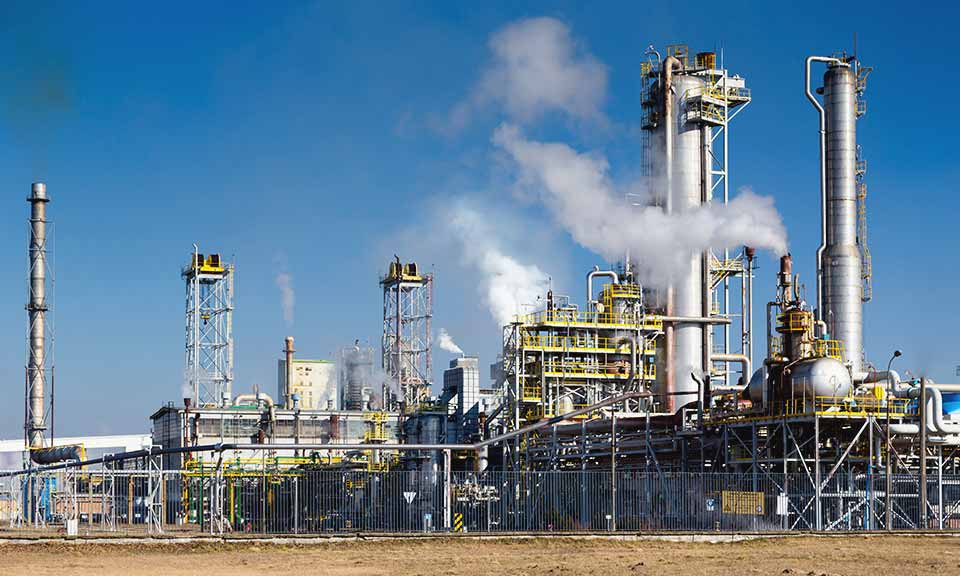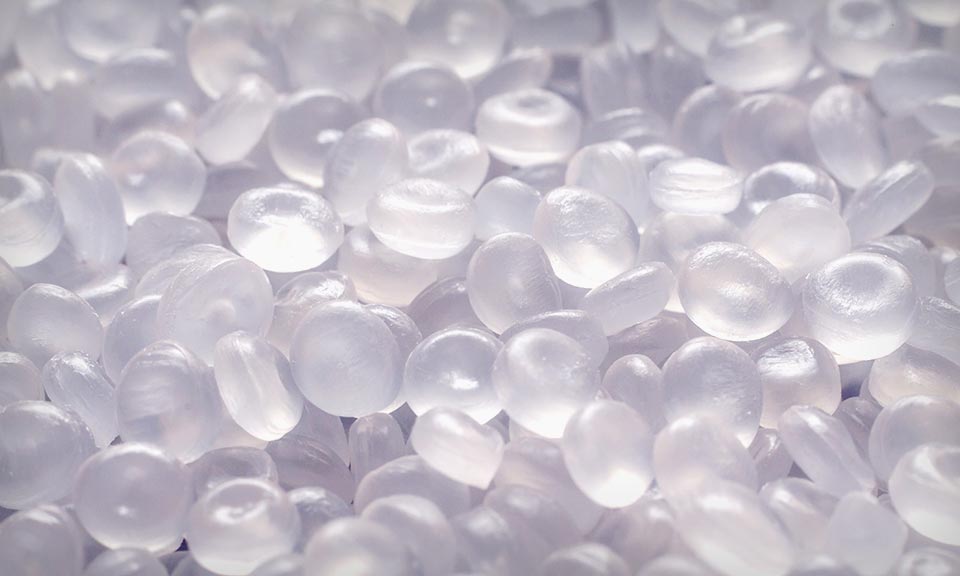Commodities 2023: Propylene, PP faces global supply overhang amid uncertain demand

Polypropylene is expected to welcome fresh additional supplies in 2023, which would contribute to rising price competitiveness between regions, as producers vie for global market share.
Upstream propylene will likely be bogged down by lackluster and weak downstream margins, further highlighting the theme of feedstock cost advantages amid the current high oil price scenario.
In Asia, Chinese demand is expected to start the new year on a weak note as buying appetites will likely taper as the Lunar New Year nears. The prevailing oversupply for propylene and PP will likely persist into the first half of 2023 on high upstream refinery run rates and low downstream converter activity.
"PP inventory levels at end-2022 are lower than 2021 but still much higher compared to previous years so it is hard to measure where actual demand stands," an industry source said. "Nonetheless, Middle East refinery-based PP plants are unlikely to reduce PP production in order to increase market share."
Southeast Asia's recovery, on the other hand, hinges on the reinvigoration of the Chinese economy as the region is hampered by currency devaluations, ample supply, and rising costs of living due to a wave of subsidy reductions in fuel, electricity, and food costs in 2022. Some reprieve is expected in the Indonesian and Malaysian markets leading up to Eid al-Fitr in H2 April 2023, but downturns in crude oil markers could see prices drop to a new floor.
"We expect greater volumes of cargoes coming into Southeast Asia from the Middle East, especially amid weak global demand, [and given] its advantage over regional suppliers in terms of feedstock costs," a source based in Southeast Asia said.
South Korea's spot propylene supply, meanwhile, is set to decline amid waning production margins, with producer YNCC delaying the restart of its 450,000/mt No.1 cracker to January and LG Chemical shutting down its 450,000/mt No. 2 cracker in Q2.
However, a supply glut is expected in China, as five propane dehydrogenation plants with a total name plate capacity of 2.85 million mt is scheduled to come online in 2023.
Europe's bearish propylene market will likely continue into 2023 amid weak demand and a lack of market competitiveness.
"Everything is still in a depressive motion...this will continue," a trader said.
While prices recovered from record lows of Eur460.50/mt FD NWE on Sept. 13, following tighter supply due to cracker outages and strikes, spot activity remained subdued as consumers reduced contractual volumes to a minimal in light of macroeconomic pressures.
These weak demand fundamentals are expected to pick up from seasonal lows over Christmas in the initial stages of H1 2023 but inflation and the ongoing Russia-Ukraine war will likely extend overall market length.
The prevailing disconnect between term and spot market pricing is expected to persist as energy and feedstock price volatilities limit sellers' pricing maneuverability in negotiations for the former.
The ambiguity and pessimism for propylene extends to downstream PP as an uneasy balance between strong production costs and weak demand is expected to continue well into the new year.
The market has seen consistent pressure from energy prices and weak demand throughout H2 2022, resulting in widespread illiquidity. This was compounded by increased availability of lower cost imported material from the Middle East and Asia.
Prices in the US propylene market may be supported in H1 2023 but downstream PP demand is unlikely to outpace fresh supplies from new capacities.
Prompt polymer-grade propylene prices sank more than 60% over March-December 2022 as rising interest rates and high inflation siphoned demand for downstream polypropylene. PP prices fell 56% during that same period, as demand for durable goods remained minimal, while Asian-origin resin was priced more competitively than US Gulf Coast exports.
Nevertheless, the December start up of ExxonMobil's new 450,000 mt/year PP unit at its Baton Rouge, Louisiana, complex could boost propylene demand.
"Hearing propylene has reached its low," a market source said. "Flat to slightly up for December and January, then projected upward through Q2, then flat Q3 and slightly up Q4."
Enterprise Products Partners' new 750,000 mt/year propane dehydrogenation unit under construction in Texas is slated to start up in Q2 2023, which will increase US PDH capacity to 3 million mt/year.
North America is not expected to see additional new capacity until 2024 when Formosa Plastics is slated to complete a new 250,000 mt/year unit in Point Comfort, Texas. In addition to the new ExxonMobil capacity, Inter Pipeline started up a 525,000 mt/year PP unit in Calgary, Alberta, in July.
Rob Stier, senior lead of global petrochemical analytics with S&P Global said PP demand was not expected to keep up with the growing global capacity, even if severe weather events like hurricanes interrupt output.
"There are way too many plants starting up to absorb any bullish demand scenario you can come up with," Stier added.
News
Geopolitical pressures — including rising resource nationalism and a year in which over 50% of countries will be having elections — as well as inflationary pressures have sent energy transition progress into “discord.” A specialty chemicals panel session held March 19 at the World Petrochemical Conference by S&P Global in Houston, Texas, tracked the challenges and opportunities of the energy transition for the industry. Speaking at the session, Roman Kramarchuk, head of climate markets and policy analytics at S&P Global Commodity Insights, said that if the short-term scenario continues, global temperatures could rise 2.4 degrees Celsius by 2100, far above the Paris Agreement’s goal of a 1.4-degree increase. “Over the past few years, we’ve certainly been trending more towards our ‘discord’ scenario,” Kramarchuk said. “We’re trending toward a longer runway for fossil fuels and less [greenhouse gas (GHG)] emission reductions. This is a case of less GDP growth, less trade and less technology transfer.” Since 1990, world GHG emissions have grown 45%, with mainland China, India and the Middle East representing the biggest increases in emissions, at 304%, 241% and 181%, respectively. Over the last 25 years, the Commonwealth of Independent States and the EU have cut their emissions the most, with decreases of 39% and 31%, respectively. The US has cut emissions 1% since 1990. Of S&P Global Commodity Insights’ three energy and climate scenarios, only one, “green rules,” has global temperatures near the Paris Agreement’s 1.5-degree goa, with an expected increase of 1.7-degrees Celsius by 2100l. The “green rules” scenario, however, assumes more technology transfer, cooperation and policy-driven outcomes than is currently happening. “2030 is not that far away,” Kramarchuk said, “and when you think about what the energy transition will take, solar panels can be constructed fast, but anything beyond that — like an onshore or offshore wind plant or a nuclear unit — we’re getting into lead times of 5, 10, or 20 years.” While the US Inflation Reduction Act has helped speed these transformational energy products along, there are still a lot of slowdowns in permitting, especially in Europe. “We joke that there needs to be a ‘Complexity Reduction Act’ in Europe to move things forward,” Kramarchuk said. Harald Schwager, deputy chairman of Evonik Industries AG’s executive board, added that companies are stuck in a hard place. Evonik has signed power purchase agreements (PPAs) to be powered fully by renewable energy by 2030. “The question will be, will production capacity be hampered by the regulatory process and will we have sufficient infrastructure in place to transport enough renewable power for site demand by then,” Schwager said. Distant peaks Commodity Insights’ energy and climate base case pegs the peak years for coal, oil and gas demand to be 2022, around 2030 and 2040, respectively. “When there is a surprise need for energy,” Kramarchuk said, pointing toward the COVID-19 pandemic and a drought in China, which caused a boost in coal usage, “fossil fuels fill that need.” However, “there’s more investment in renewable capacity than we’re seeing in upstream oil and gas,” Kramarchuk said. Under all scenarios, renewable electricity will be the lion’s share of newly generated energy sourcing. Rebecca Liebert, president and CEO of Lubrizol Corp., said that it is the duty of specialty chemical producers to be agile and proactive in bringing innovative and more sustainable products to market. “Political and technical factors are all things we must account for in our bring-to-market timelines. And we get it right a lot of times, but we get it wrong some of the time. Sometimes you get to market before the market is ready for your product. And I think that’s great, to have a solution on the shelf as the market comes along.” Schwager agreed: “In the specialty chemical industry, we have more good ideas than we have money. And there’s no regret on moves for improved efficiency.” While there has been little movement on target setting and market-based mechanisms for growing renewable energy, COP28’s first global stocktake committee called for “countries to contribute to triple global renewable energy capacity and double global energy efficiency by 2030.” “Even though we are heading for the discord path right now, with all the technology solutions and innovation pushes, we’ll be shooting up ahead towards the ‘green rules’ scenario in the long-term,” Kramarchuk concluded. This article was first published in chemweek.com .

News
Two NGOs appealing against permits Initial plan was to start end of 2023 BASF is facing a delay of the operational start of its newly built precursor cathode active materials (pCAM) plant in Finland due to two non-governmental organizations (NGOs) appealing against already-granted permits, a spokesperson for the German petrochemicals company confirmed to S&P Global Commodity Insights Feb. 27. BASF initially aimed to start commercial production at the Harjavalta plant at the end of last year. “The necessary permit to operate this plant has been granted last year by the relevant authorities,” the spokesperson said. “However, two NGOs have filed an appeal against the already granted permit. Next steps and timing will depend on the furtherance of the judicial process before the Vaasa Administrative Court,” said the spokesperson. The pCAM plant will use renewable energy resources, including hydro, wind and biomass-based power and will be supplied with nickel and cobalt from Nornickel’s adjacent refinery. The plant is part of BASF’s plan to supply the battery industry and subsequently automotive industry with lower carbon emission cathode active material. Platts, part of S&P Global Commodity Insights, assessed cobalt metal in-warehouse Rotterdam at $15/lb on Feb. 26, stable from the previous assessment Feb. 23, while the nickel-cobalt black mass EXW Europe payables was at 54% Feb. 26, also stable.

News
The petrochemical landscape has been transformed in recent years by new technologies and the global energy transition, resulting in numerous production pathways and the development of more sustainable products. S&P Global Commodity Insights has created Chemical Connections , an interactive chart which shows the links between chemicals, from upstream feedstocks to derivative products. The second slide offers a map showing our price assessments and benchmarks for chemicals across the value chain around the world. These prices are used by market participants daily to write contracts, monitor their markets and achieve full transparency around transactions.